Urea, Urine
(Specimen Container)
Plastic urine container
(Transport Temperature)
| Temperature | Period |
|---|---|
| Room temperature | (unpreserved): 24 hours (including collection time) |
| Refrigerated | 7 days |
| Frozen | 15 months |
Gross bacterial contamination
No preservative required. Transport refrigerated.
This quantitative urea nitrogen test, performed with a random urine specimen, may help estimate nitrogen balance and determine protein need in patients in critical conditions or receiving intravenous administration of nutrition.
Urea is the main nitrogen-containing product of protein breakdown and makes up over 75% of total nonprotein nitrogen excreted. Approximately 90% of the urea excretion is through the kidneys, and the rest is through gastrointestinal tract and skin. Because urea secretion is closely related to protein catabolism, urinary urea, commonly expressed by the concentration of urinary urea nitrogen, may be used to assess nitrogen balance and guide protein intake [1,2]. Blood and urinary urea levels were previously used as kidney function markers but are only considered useful in certain clinical scenarios; they have been generally replaced by creatine levels.
Urinary urea nitrogen level may be increased in individuals with hyperthyroidism or excess protein intake or breakdown. It may be decreased in individuals with malnutrition, kidney damage or insufficiency, low-protein and high-carbohydrate diet, or liver disease. Pregnant persons and healthy children may also have low urinary nitrogen levels.
The results of this test should be interpreted in the context of pertinent clinical and family history and physical examination findings.
See Laboratory Report

